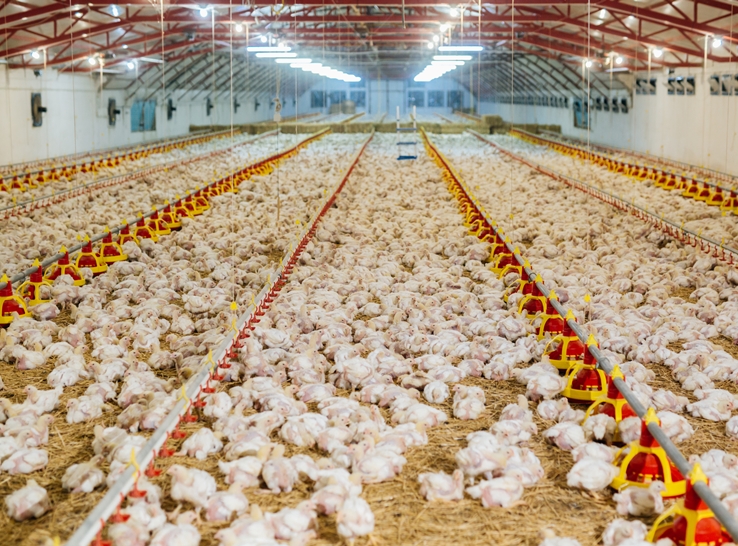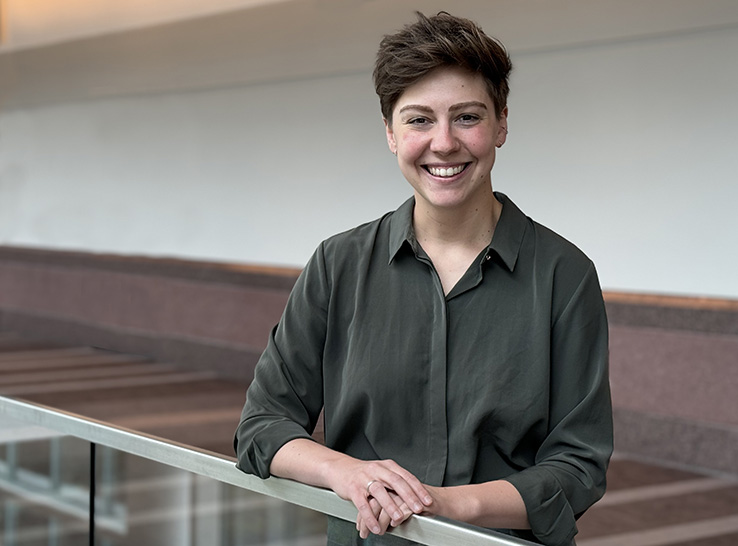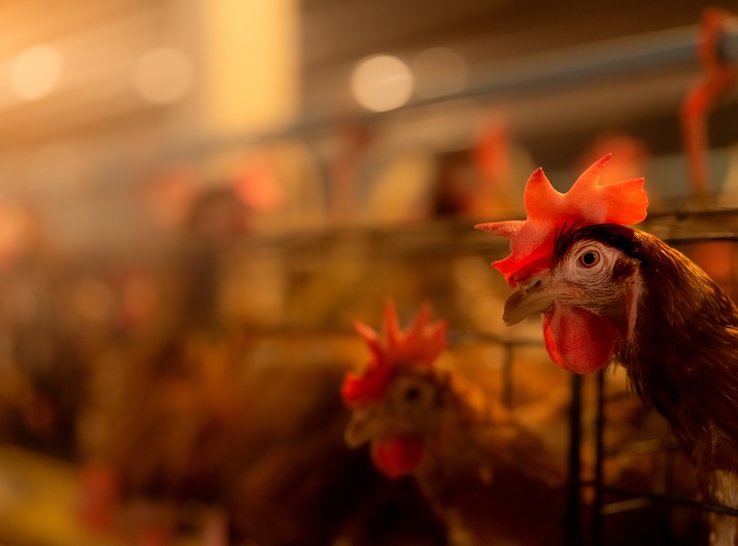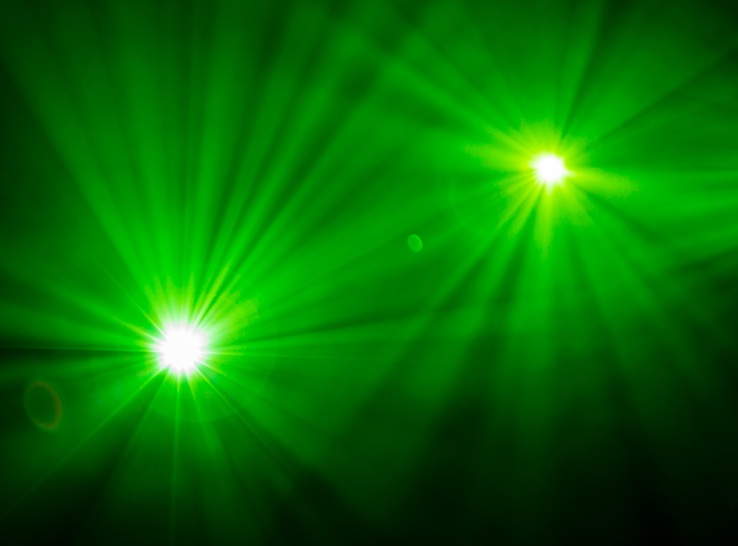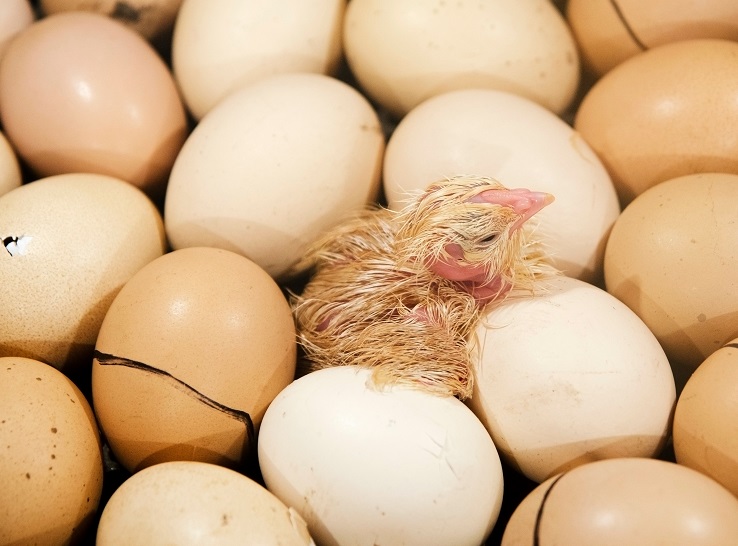Varying periods of light and dark can affect turkeys’ health and well-being, including their eye health, level of fearfulness and mortality, according to a study led by Allison Pullin, PhD, animal welfare professor at North Carolina State University.
Increased darkness led to increased mortalities from pecking, while less darkness led to eye problems, Pullin reported at the 2024 American Association of Avian Pathologists conference.
“The duration, color and intensity of light can affect bird health,” she explained. An earlier study reported that chickens exposed to 1 hour or less of light per day showed more tonic immobility (freezing), reflecting fearfulness, than birds with longer light periods.
Pullin noted that industry standards vary in terms of the amount of light appropriate for turkeys. For example, the National Turkey Federation (NTF) animal-welfare guidelines require a minimum of 4 hours of reduced or no light.
However, Pullin noted, the NTF acknowledges that in complete darkness turkeys could exhibit piling behavior, or “panicked group movement, which can result in smothering and mortality.” The American Humane Certified requires 6 hours of darkness and the Farm Animal Care Training and Auditing has no minimum.
The health effects of different levels of light have mainly been studied in chickens, she noted.
Pullin’s study is the first to examine the relationship between light schedules and fear in turkeys and the resulting increase in injuries due to pecking and smothering.
The study’s findings provide guidance for managing lighting to optimize turkey health.
Study details
Pullin and her team conducted the study in the context of animal welfare as having three major components: biological health and functioning, behavioral, and mental/psychological state. The study’s objective was to determine the specific effect of darkness.
The researchers raised Nicholas Select hens for 12 weeks under four different photoperiods, then measured them for production, eye health, injury prevalence and fearfulness.
All the birds were exposed to 24 hours of light during their first 3 days. Then, a control group had no darkness while others were exposed to increasing darkness from 2 to 4 to 8 hours a day.
The researchers weighed the hens every 3 weeks to gauge bodyweight, weight gain and feed-conversion ratio (FCR). Culls and mortality were recorded daily.
Darkness increases injurious pecking
At 12 weeks, there were no statistical differences among the hens exposed to different periods of light in terms of bodyweight or FCR.
There were notable differences in mortality, however, as more darkness led to more fatal pecking. With no dark period, about half of the mortalities and culls were linked to pecking; by 8 hours of darkness, though, 75% of the mortalities were due to pecking.
Back/tail injuries more prevalent than head/neck
The study also rated injuries to live birds using a scoring system published by the University of Guelph. The system looks at two regions: the head and neck, and the back and tail, separately. Scores range from 0 to 2: 0 (no injuries), 1 (mild, under 2 cm wide in head/neck and under 5 cm back/tail), and 2 (severe, above 2 cm wide in head/neck and 5 cm back/tail).
The study team scored more than 777 hens and determined that 6% to 10% of birds had a mild head injury and only 1% to 2% had more severe injuries. They found no statistical differences in these pecking-based injuries across differing periods of darkness.
The same held true for back and tail injuries, for which there were no significant differences among the groups. However, these injuries were more prevalent, with 16% to 30% of the birds having mild back/tail injuries and 4% to 9% in the severe category.
Pullin cited research indicating that feather pecking and cannibalism in the head area in chickens is related to social dominance. In contrast, pecking on the back/tail is more related to “redirected foraging behavior (because) birds are looking to fulfill some kind of either dietary or behavioral need,” she said, and they act out by pecking their flock mates.
To deter the more prevalent back/tail pecking, Pullin suggests farm managers provide environmental enrichments for birds to peck on or make dietary adjustments. For example, she explained, fiber has been shown to decrease feather pecking in laying hens.
Eye changes
Most of the birds went to processing at 12 weeks, but some were held back to measure ocular-health metrics, including eye size and weight and diameter of the eye.
Birds without a dark period had enlarged and heavier eyes. Pullin posits this could be due to disruption of the melatonin cycle or inflammation from the light stimulus.
Fearfulness measured
The researchers applied the wing-flapping test to evaluate how different periods of light affect turkeys’ fearfulness. Pullin believes this is the first time this test has been performed on turkeys.
In this test, a bird is loosely held and the number and amount of wing flapping is measured. While chickens are held upside down (inversion test), turkeys react differently and have to be held upright to produce an “escape response” resulting in flapping.
While being held for 30 seconds, the birds flapped an average of 15 times for an average of 2 seconds each time. No differences in these findings occurred across different light periods, nor were there differences in vocalizations.
So Pullin also applied a novel-object test of fearfulness, which is used as a welfare audit tool in Europe for laying hens and broilers. The test involves putting a multicolored stick among the hens and gauging their response.
In this study, most turkeys approached the stick within 15 seconds. “Anecdotally, turkeys are very curious animals,” Pullin said. The turkeys in the study rushed up to the stick, she added.
In terms of differences, the birds that had 4 and 8 hours of darkness touched the stick immediately, while the birds with 2 or fewer hours of darkness took a bit longer to touch the stick. Their level of engagement after touching the stick, though, was similar.
Pullin believes that the delay was related less to fear than to vision-processing issues or ocular disease such as cataracts. Another study found such eye problems in turkeys with only 1 hour of darkness.
Management indicators
Looking at the eye health and novel-object test together, “Turkey hens likely need at least 4 hours of dark period to…maintain eye health and vision processing, which is what’s recommended in the NTF standards,” Pullin concluded.
She cautioned that although varying light levels minimally impacted production and fearfulness, more research is needed. Management practices to limit injurious pecking, such as environmental enrichment and better diets, are warranted, she advised.

